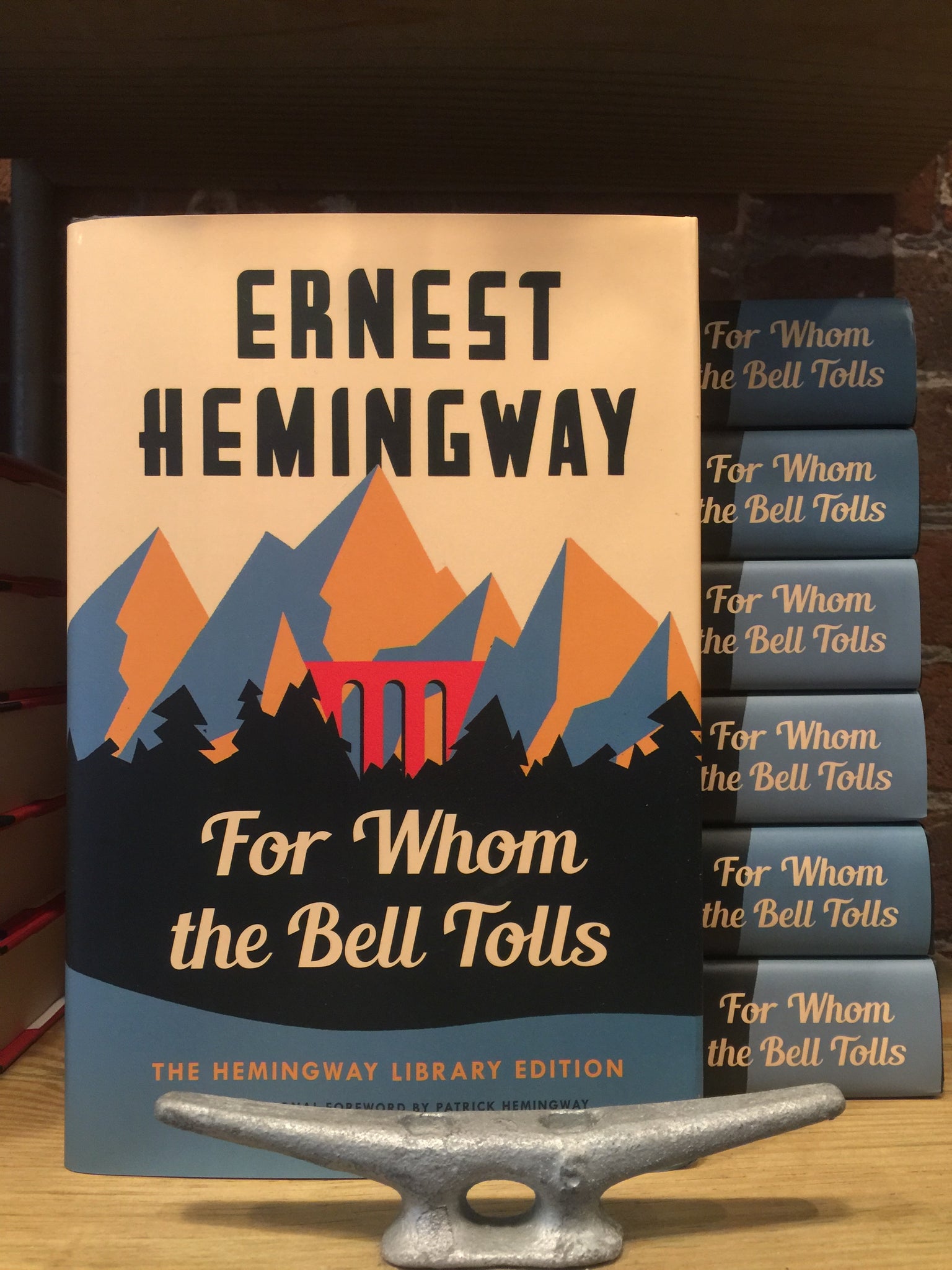

It received a standing ovation and remains to this day a powerful commentary on the importance of a writer’s accurate record of war and its atrocities.Įrnest Hemingway experienced the Spanish Civil War firsthand as a war correspondent for the North American Newspaper Association (NANA). In it, Hemingway discusses how a writer needs to write truly in order to create “in such a way that it becomes part of the experience of the person who reads it,” how dangerous it is to write the truth in war, and how no good writer can do his job working in a fascist state, which is built on lies. His speech to the American Writers Congress at Carnegie Hall on June 4, 1937, is included in this Hemingway Library Edition as Appendix I.


He also promoted the film in the United States, speaking at fund-raising events for the Loyalist cause. Hemingway wrote the script and narrated the film after Orson Welles declined. In just under an hour, the masterful documentary attempts to show the reality of life amid the fighting in Spain. He also supported the Spanish Republic when, in 1937, together with Jörg Ivens, he produced the movie The Spanish Earth, which was for him a new kind of writing endeavor. Having volunteered as an ambulance driver in Italy during World War I, Hemingway knew from firsthand experience the critical value of medical aid in wartime. government, which was not yet involved in the conflict. At the onset of the war he supported the Loyalist cause as the chairman of the Ambulance Committee for the Medical Bureau of the American Friends of Spanish Democracy and through his own personal contributions to buy ambulances, a form of support sanctioned by the U.S. It is also simply a great story.Īn ardent lover of Spain since his first visit there, when he was twenty-four, to see the bullfights at Pamplona in 1923, Hemingway followed the Spanish conflict from its inception. For Whom the Bell Tolls is Hemingway’s longest and, for many readers, finest novel and his most in-depth treatment of war. Though entirely a work of fiction, it transports you to that time and place so that you feel as though you have experienced it yourself. All of life-hope, fear, and love-plays out in three days of intense action. It is a story about a young American volunteer in the International Brigades, named Robert Jordan, who is attached to an anti-fascist guerrilla unit in the mountains of Spain. To gain a powerful and palpable impression of the civil war in Spain you can do no better than to read Ernest Hemingway’s masterpiece, For Whom the Bell Tolls. During the Spanish Civil War (1936–1939), Spain became a battleground in the fight between freedom and fascism.


 0 kommentar(er)
0 kommentar(er)
